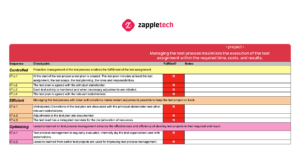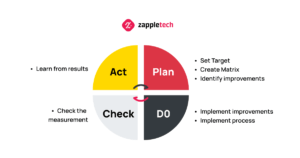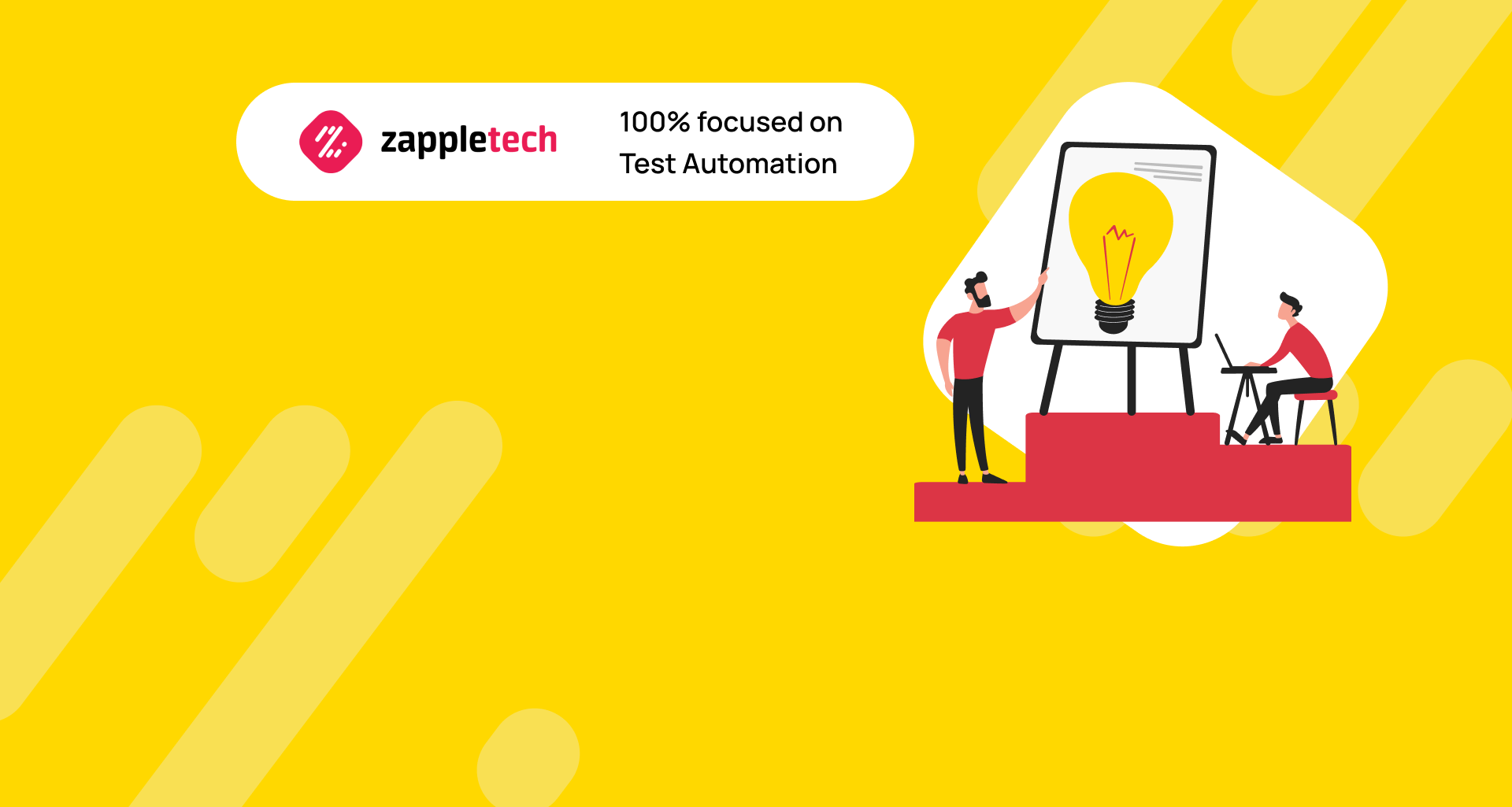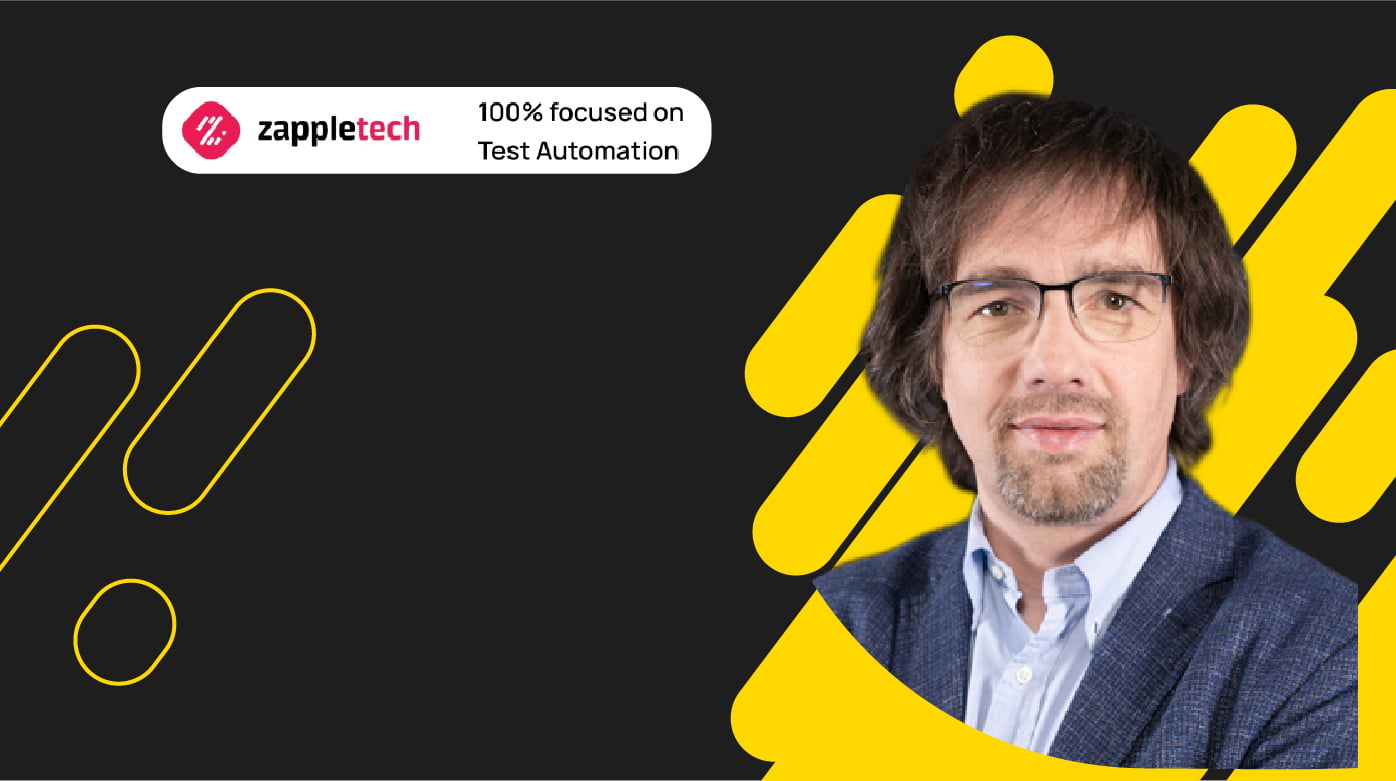Today’s rapidly growing business is becoming more and more demanding on software quality. This makes developers more serious about testing the apps they create, a challenging development stage that is not always subject to the quality assurance and control specialists. It may take more time than initially planned and thus lead to an increase in the project’s cost as a whole.
So what’s the way out? The answer to this question is found: improving the testing process. You should start with preparation: plan tests in advance, involve testers early in creating the program and make sure that the project manager is interested in critical testing processes and product quality control.
Table of Contents
What Is Test Process Improvement Model
To make quality management and controls more efficient, so-called test maturity models are used. These assessment methods help analyze the current state of affairs and develop an action plan to improve them based on the data obtained. This approach makes testing more predictable and efficient.
There are many test maturity models in today’s IT environment. TMMi, CTP, IDEAL Model, and TPI Next are the most commonly used. Let’s take a closer look at the last one.
The test process improvement model is business-oriented. TPI determines the level of testing maturity model integration of a particular test and develops measures to improve it to maximize the achievement of business goals.
The structure of the TPI model is based on the test maturity matrix, which allows you to evaluate the key areas of testing visually. It includes:
16 key areas: the components of the test;
4 levels of maturity (initial, controlled, efficient, and optimizing): the goal is to move from a lower level to a higher one;
160 checkpoints: used in each key area to analyze and determine the level of maturity;
13 clusters: a breakdown of maturity levels into blocks depending on the degree of priority for completing the tasks.

Completing such a matrix helps determine the steps needed to optimize the testing and evaluation process.
Reasons to Use the TPI (Test Process Improvement) Model
If we compare the TPI with others that are no less popular with testers, we can highlight several advantages that help choose its favor.
Subject to easy customization. The matrix structure of the TPI allows you to quickly analyze the current state of the procedure and determine the order of measures to improve it. It is noteworthy that the analysis is carried out within the 16 key areas. And if, in other models, all conditions must be met to move to a higher level, then here you can choose those most important for fulfilling your business goals.
Contains clear checkpoints. Before working with the model, testers for key areas determine the conditions that must be met to move to the next level of maturity. These are checkpoints. They are arranged in order of priority, which the quality control team also determines for itself.
Provides teamwork. Achieving maximum results in improving the testing is possible only when all team members work together. The TPI model just provides for the interest in the process of all members of the quality control team and top management. The former should make every effort to meet priority tasks and move to new maturity levels. And management should facilitate the allocation of time for this stage of creating a program, understanding its necessity and practicality.
So, the choice in favor of the TPI has been made, and the procedure has been launched. But to increase the enthusiasm of all its participants and, first of all, top managers, it is necessary to have a clear understanding of what the business gets from improving the testing software development process itself.
TPI: Business Benefits
By applying a matrix approach to testing processes improving the testing, you will get:
60% increase in the quality of software delivered. It becomes realistic to identify the most serious errors at the testing stage. This leads to a reduction in the cost of their elimination, the release of a higher quality final product, and increased customer loyalty.
Reducing testing time by 24%. It is facilitated by a controlled testing strategy and a risk-based approach. The result is faster time-to-market.
Reducing the cost of testing by 35%. Fewer test cases, more test coverage means less testing effort and, therefore, less cost.
Thus, continuous improvement of the testing process improvement models based on the TPI ensures a higher quality of the released product and improves all business processes.
How to Implement Test Process Improvement

To practically implement test improvement, you can use the PDCA approach. In this case, the implementation systematic test of the improvement will take place in 4 stages.
P – Plan
At this stage software development, the testers will have to determine what problems arose during the testing. It is crucial because the same failures can occur in testing other apps. And by defining them once, you can avoid their repeated duplication.
Having defined the problems, you should set specific goals for yourself. For example, running a test takes too long. Then the goal would be to speed up the development process.
Naturally, since there are goals, you need to find ways to achieve them. So, to speed up software testing process, you can either automate the test or increase the skills of the quality control team.
D – Do
To move quality management plan from planning to practical actions, you need to draw an action plan to achieve the goals. And then implement each of its points.
C – Check
To understand whether the strategy to improve testing has worked, you should check how effective the taken actions were. And, if the efficiency of test processes is low, what can be done to increase it.
A – Act
The final stage, which is present in the successful test improvement implementation, provides the analysis of the done actions and the test plan’s development for their further app in other projects.
When working on any project, you need to strive for higher results. After all, any client wants to get a high-quality product while saving on its development in the shortest possible time. The implementation of Test Process Improvement will allow test teams around you to meet the most demanding customer requirements.
Process Improvement Ideas in Automation Testing
To deliver better IT products, reduce the time of their creation, and avoid repeating tasks of the same type, testers often resort to test automation. But do not forget that test automation itself is not a guarantee of efficiency and high profitability of tests. Here are some ideas for improving processes in automated testing.
Do not automate all tests in a row; select which ones should be automated. These might be the most frequently recurring tasks, features that show stability throughout the SDLC, and tests that are difficult to perform manually.
Discuss the prioritization of test execution with the team and develop a quality control plan and test strategy. It examines existing business goals and their achievement.
Prepare test cases and scenarios. It will help predict the time spent on testing and think in advance which defects are most likely.
Choose the right testing tools. The use of standardized test tools, instruments, and methods helps solve many problems that arise in the testing.
Ensure communication between teams that are involved in product development. A well-established strategy is to maintain constant communication between the QA and development teams at all stages of the SDLC. This allows them to exchange experiences and seek joint solutions to emerging problems.
Don’t let automated testing run its course. Sometimes it is worth reviewing tests to identify outdated and irrelevant among them in time.
The manual and automated testing process is subject to continuous improvement, even if it is currently in a satisfactory state. Only by constantly developing it an IT company will remain competitive by supplying users with high-quality software.




